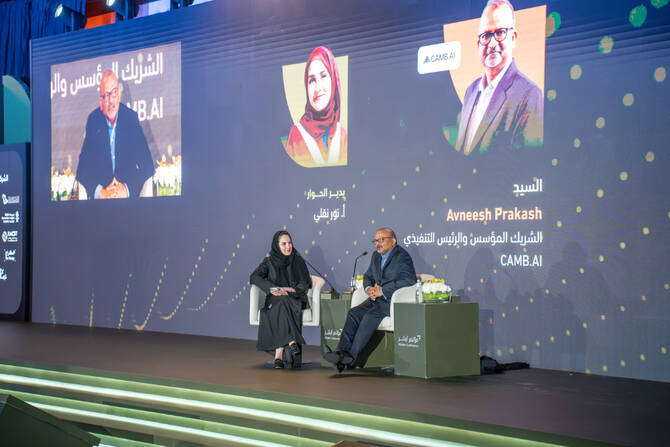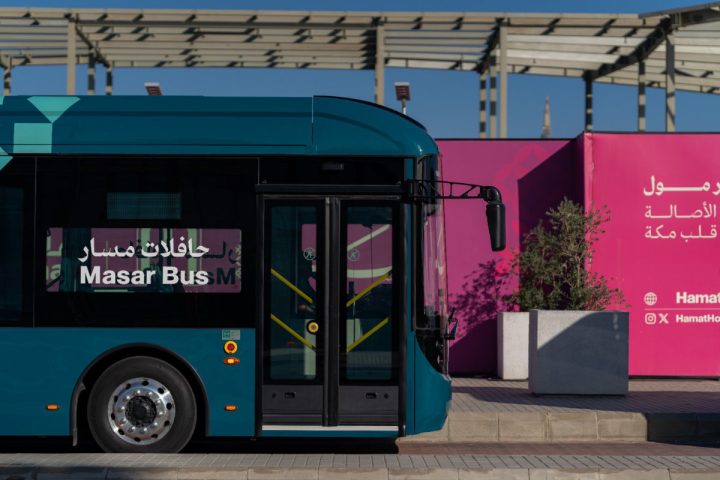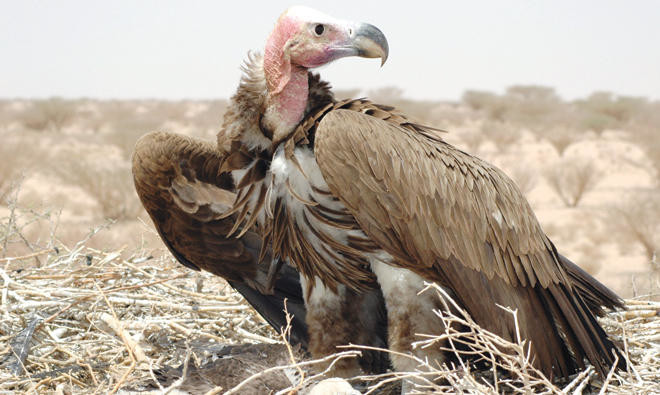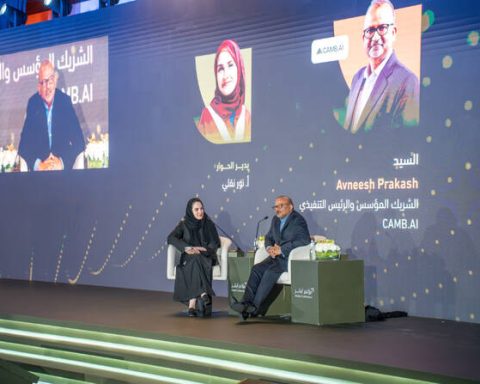In a move that highlights Saudi Arabia’s deep-rooted cultural pride, the Ministry of Culture has officially launched “Al-Khatt Al-Awal” (The First Font) and “Al-Khatt Al-Saudi” (The Saudi Font) — two modern Arabic typefaces that reflect the Kingdom’s cultural identity and visual expression.
This initiative is part of the Kingdom’s broader mission to preserve and modernize Arab and Islamic heritage, in alignment with Vision 2030, which emphasizes arts and Arabic calligraphy as key components of the national identity.
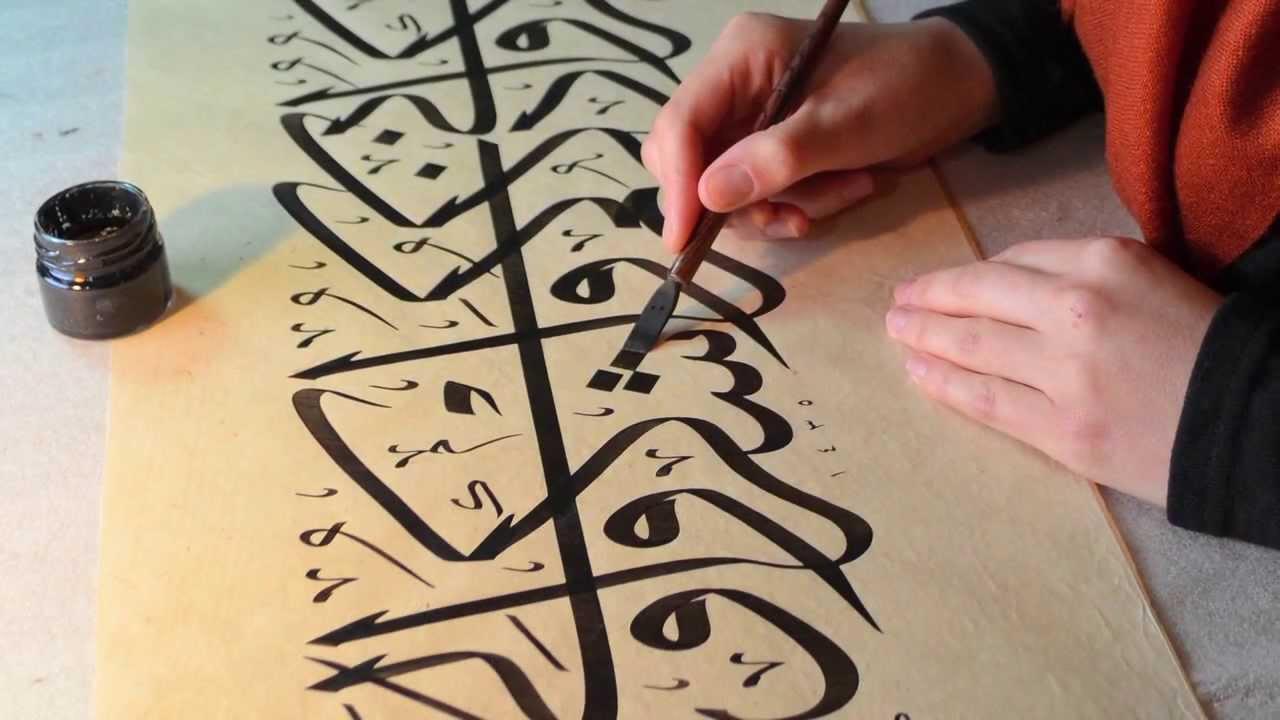
The Birthplace of Arabic Calligraphy
Arabic calligraphy originated in the Arabian Peninsula, home to ancient civilizations and early inscriptions that paved the way for today’s elegant script. From Thamudic and Nabatean carvings to early Hijazi and Kufic scripts, Saudi Arabia’s landscape—especially areas like AlUla, Najran, Tayma, and Madain Saleh—holds a treasure trove of historical scripts that testify to a rich calligraphic legacy.
The First Font & The Saudi Font
The First Font: A blend of modernity and simplicity, designed for official governmental visual identity.
The Saudi Font: Fuses traditional Arabic calligraphy with contemporary aesthetics, representing the Kingdom’s unique cultural character and intended for national occasions and formal media use.
These fonts aim to standardize Saudi Arabia’s visual identity, empower local designers and creatives, and position the Kingdom as a global reference for Arabic calligraphy innovation.
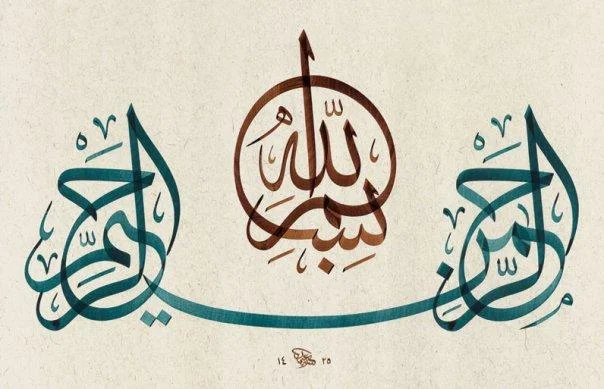
Global Recognition of Arabic Calligraphy
In 2021, Saudi Arabia led a successful regional effort to have Arabic calligraphy inscribed on UNESCO’s Intangible Cultural Heritage list, solidifying the Kingdom’s global role in safeguarding Arabic language arts.
Also Read: Admission Requirements for Free Postgraduate Studies at Imam Mohammad Ibn Saud Islamic University






